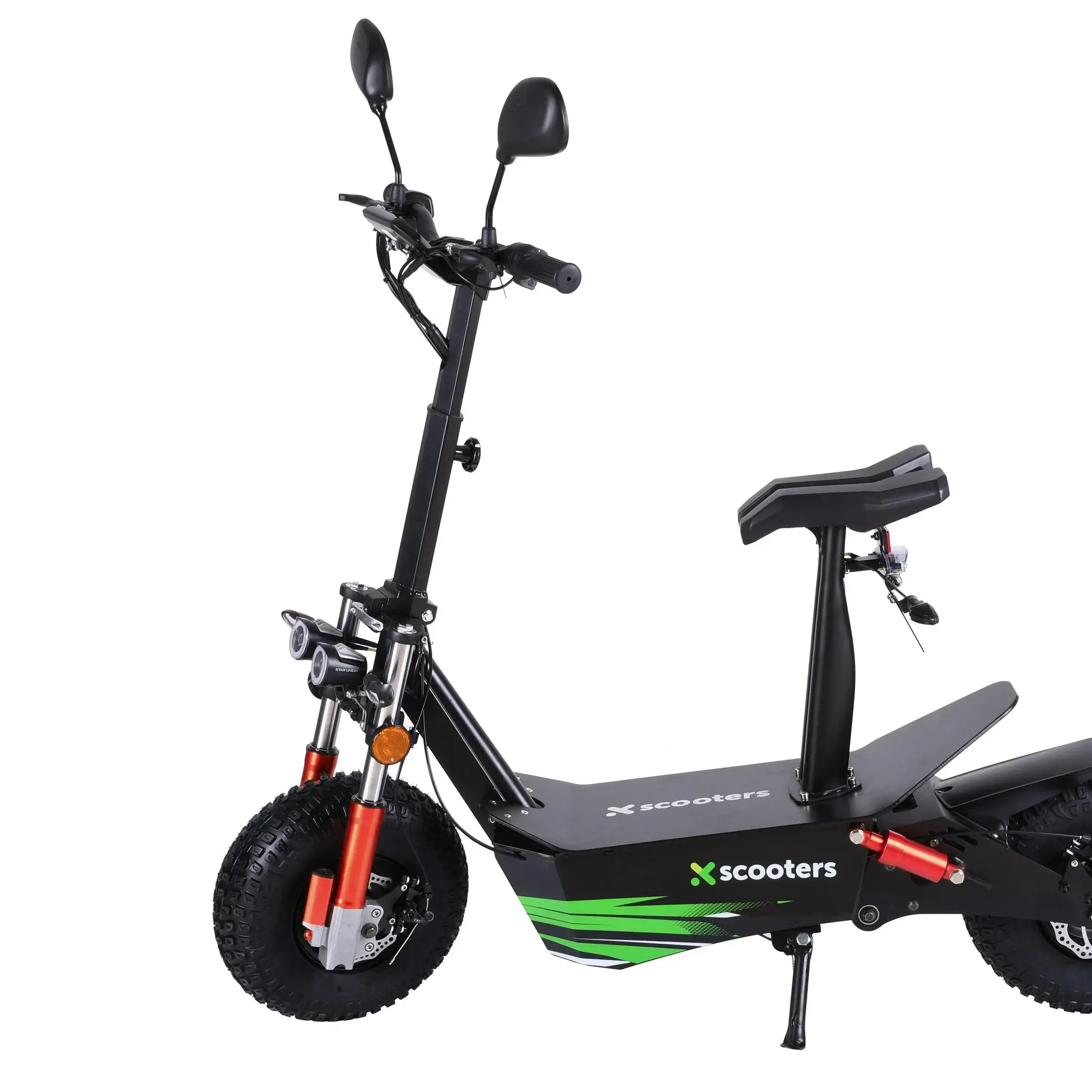What items are included in the battery safety test of electric scooters?
What items are included in the battery safety test of electric scooters?
With the popularity of electric scooters, the safety of their batteries has become an important part of ensuring user safety and product reliability. In order to ensure that the batteries of electric scooters remain safe and stable in various usage scenarios, the batteries need to undergo a series of rigorous safety tests. The following are the main items of battery safety testing for electric scooters:

1. Electrical safety test
Insulation resistance test
Verify the insulation performance between the battery pack and other electrical components of the electric scooter to ensure that leakage does not occur during normal use.
Withstand voltage test
Simulate the electrical safety performance under high voltage environment to ensure that the battery pack will not break down under high voltage conditions.
Ground resistance test
Ensure that the grounding system of the battery pack is reliable to prevent electrical failures caused by poor grounding.
2. Battery safety test
Overcharge test
Verify the safety performance of the battery under overcharge conditions to ensure that the battery management system can effectively prevent thermal runaway caused by overcharge.
Over-discharge test
Check the safety of the battery under over-discharge conditions to prevent battery damage or short circuit due to excessive discharge.
Short circuit test
Simulate the safety performance of the battery under short circuit conditions, and test whether the battery will generate dangerous heat or sparks when short circuited.
Vibration test
Verify the stability and safety of the battery under vibration conditions, and ensure that the battery will not loosen or be damaged under bumpy road conditions.
Temperature cycle test
Simulate the performance changes of the battery under different temperature environments, and ensure that the battery can still work normally under extreme temperature conditions.
Needle puncture test
Simulate the internal short circuit of the battery through needle puncture, and test whether the battery will have thermal runaway or fire.
Thermal abuse test
Test the heat resistance of the battery under high temperature conditions to ensure that the battery will not be dangerous under high temperature conditions.
III. Environmental adaptability test
Low pressure test
Simulate the battery performance under high altitude environment to ensure that the battery can still work normally under low pressure conditions.
Drop test
Test the impact resistance of the battery when it falls, and ensure that the battery will not be damaged when it falls accidentally.
Heavy object impact test
Simulate the impact resistance of the battery when it is hit by a heavy object, and ensure the integrity of the battery shell and internal structure.
Water immersion test
Test the waterproof performance of the battery in a water immersion environment to ensure that the battery will not short-circuit in a humid or wading environment.
IV. Battery Management System (BMS) Test
Overvoltage charging protection
Verify whether the battery management system can effectively prevent overvoltage charging during charging.
Undervoltage discharge protection
Check whether the battery management system can prevent battery undervoltage during discharge.
Overcurrent protection
Test whether the battery management system can cut off the circuit in time under overcurrent conditions to prevent battery damage.
Temperature protection
Verify whether the battery management system can effectively protect the battery under high or low temperature conditions.
Summary
Battery safety testing of electric scooters is an important part of ensuring product safety and reliability. Through the above series of tests, the safety performance of the battery in different usage scenarios can be comprehensively evaluated, thereby providing users with a safer and more reliable travel experience. These test items not only comply with international standards (such as IEC 62133) and national standards (such as GB 40559-2024), but also effectively reduce the risks of battery failure.














